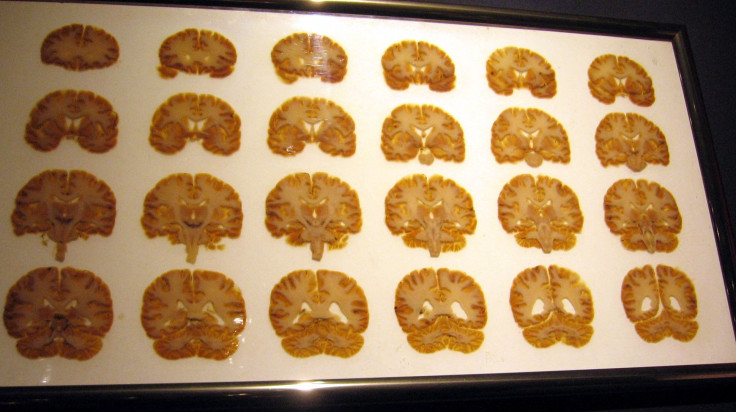New Test Gives More Accurate Brain Tumor Progression Estimate Using Genetic Signature

The rate at which a tumor grows is a key component of determining a patient’s prognosis. Usually, doctors are able to differentiate between tumors likely to grow quickly or slowly, but sometimes things don’t go as planned. A new study may explain why some patients diagnosed with slow-growing, low-grade tumors end up quickly succumbing to the disease while others with supposedly more aggressive high-grade tumors survive for many years.
The study, a comprehensive analysis of the molecular characteristics of gliomas, the most common form of malignant brain tumors, suggests a new method of classifying gliomas that could have a serious impact on the future of patient management and development of new therapies. The paper was co-led by researchers from the Columbia University Medical Center (CUMC), Ribeirao Preto Medical School (FMRP) at the University of Sao Paulo, Brazil, and the University of Texas MD Anderson Cancer center. The researchers began by looking at the current method of tumor grade identification — observing the tissue’s appearance under a microscope — through a critical lens.
“While this approach is generally good at distinguishing between gliomas that are clearly very aggressive and those that are relatively slow-growing, it misses the mark in a significant percentage of cases, leading to inappropriate treatment,” said co-senior author Dr. Antonio Iavrone, professor of neurology and pathology and cell biology at CUMC, in a press release. “Instead, by looking at the molecular makeup of these tumors, we now have a much more precise way of predicting which tumors are more likely to grow rapidly and can prescribe treatments accordingly.”
Previous research has made headway in identifying tumors by their genetic characteristics, rather than their under-microscope appearance. One study found that tumors with mutations in the IDH gene were much less aggressive than those without the mutation, known as IDHwildtype tumors. The findings, however, didn’t totally explain why some patients with IDHmutant tumors were faring worse than expected and some with IDHwildtype tumors were doing better than expected. Other studies turned to a glioma’s level of DNA methylation, an epigenetic process that cells use to control gene expression, to explain a tumor’s aggressiveness, but the evidence was inconclusive.
For the current study, the team analyzed 1,122 different glioma samples, looking specifically for epigenetic changes in the tumors’ DNA. They found that the level of DNA methylation is the best predictor of progression for IDHmutant gliomas (the less-aggressive variety), with a high degree of DNA methylation usually indicating that the tumor would progress more slowly. Tumors with less DNA methylation, at about 6 percent of the total, progressed much more rapidly.
“Based on their appearance under the microscope, these aggressive tumors looked very much like the other IDHmutant tumors,” Dr. Iavarone explained. “But from a disease prognosis standpoint, they progressed quite similarly to the more lethal subset of IDHwildtype gliomas.”
Looking at IDHwildtype gliomas, (the typically more aggressive type), a small percentage had a fairly favorable clinical outcome. Among these gliomas, the molecular characteristics were similar to those of pilocytic astrocytomas, a brain tumor found in children with a relatively favorable survival rate.
“The present study advances the understanding of the glioma division by correlating each subtype of DNA methylation with a distinct clinical outcome,” said co-senior author Dr. Houtan Noushmehr, professor of epigenomics and bioformatics at the University of Sao Paulo. “We discovered low-grade and high-grade gliomas mixed together within these different epigenetic subtypes. This was an unexpected finding and allowed us to further understand the progression of gliomas within the different subtypes.”
Iavarone added that while the study does not point to specific therapies for glioma, it will help clinicians better identify which patients need to be treated more aggressively, and which can be spared aggressive treatment.
Source: Iavarone A, Noushmehr H, Verhaak R, et al. Molecular profiling refines the classification of adult diffuse lower-and-high-grade glioma. Cell. 2016.
Published by Medicaldaily.com



























